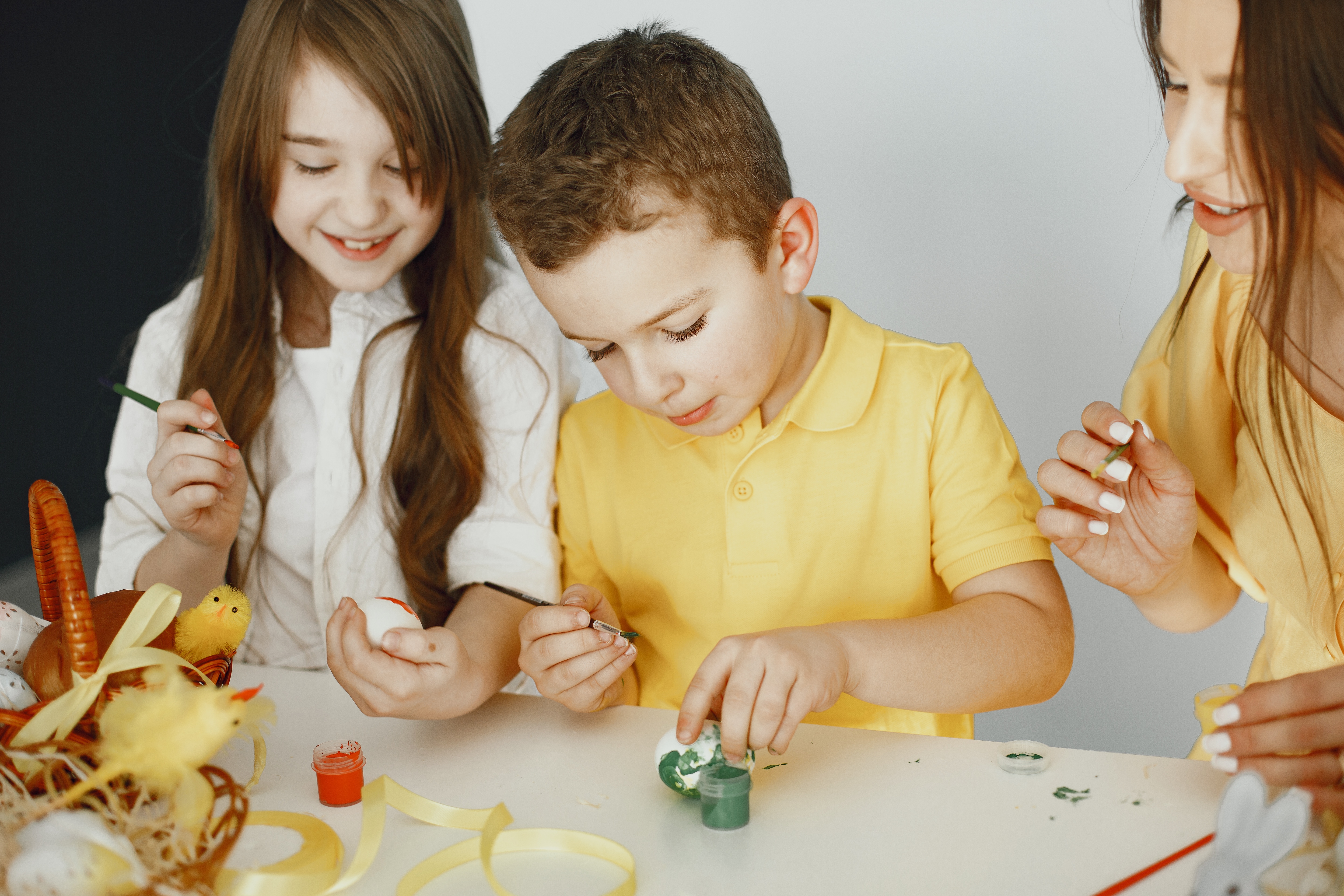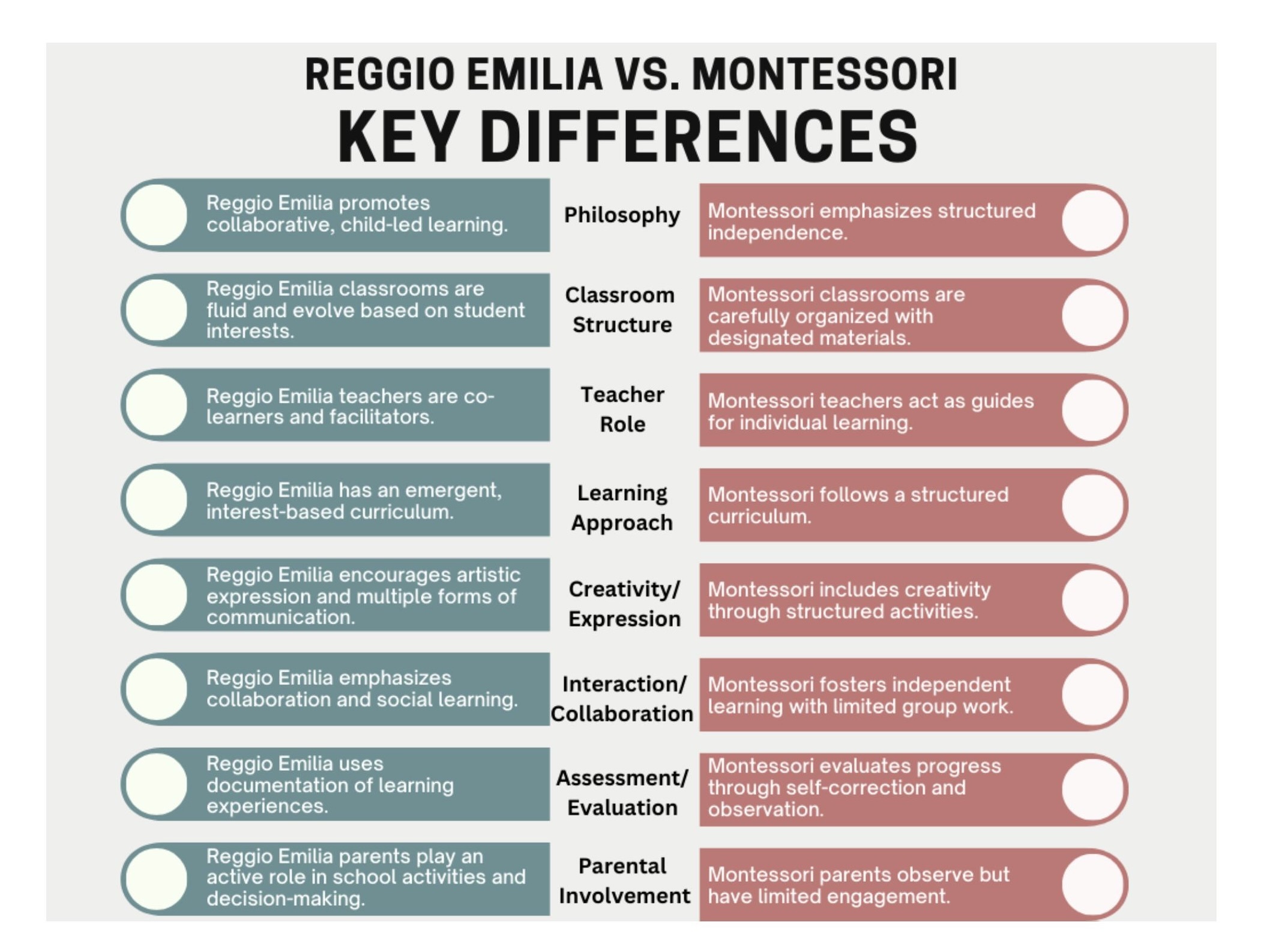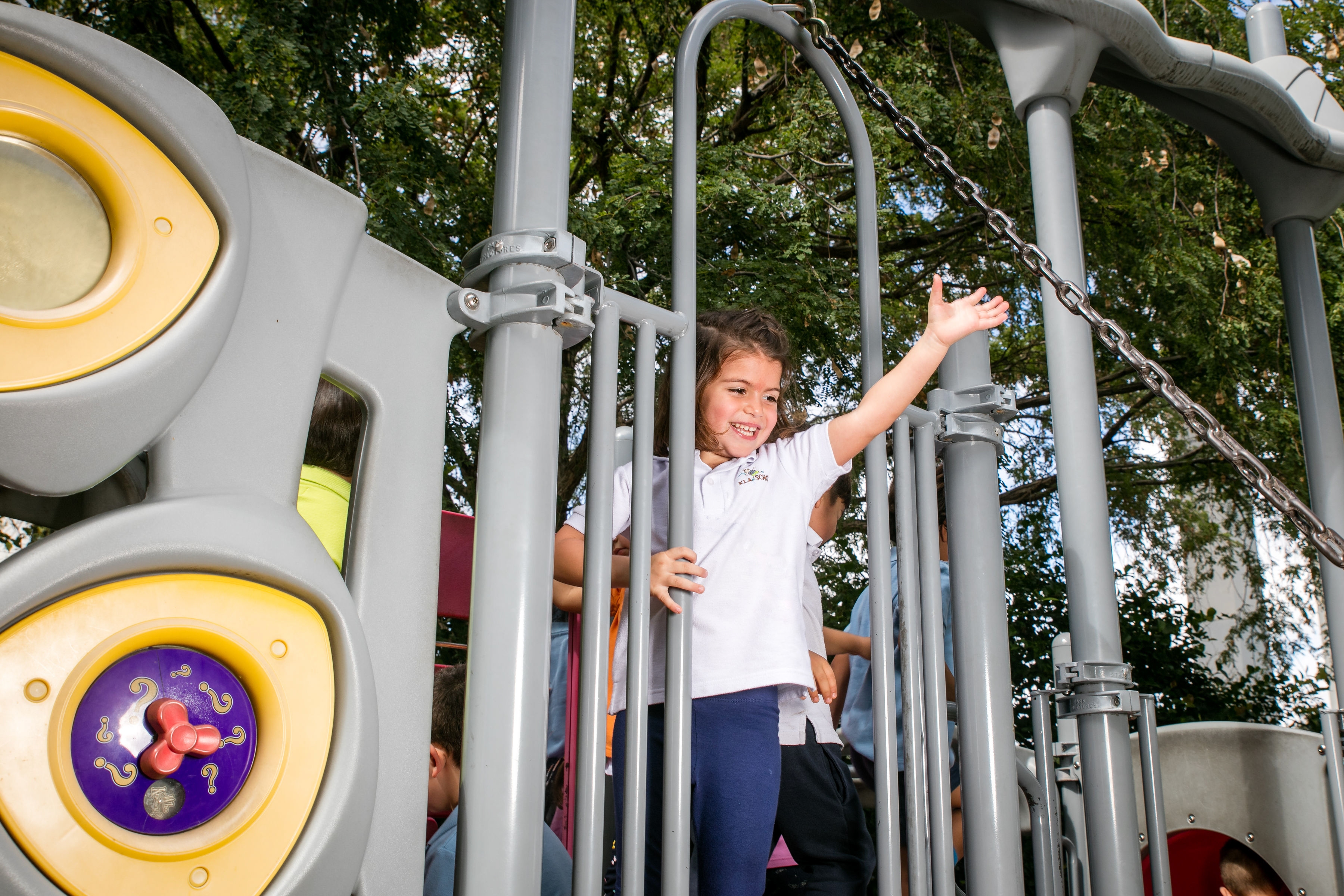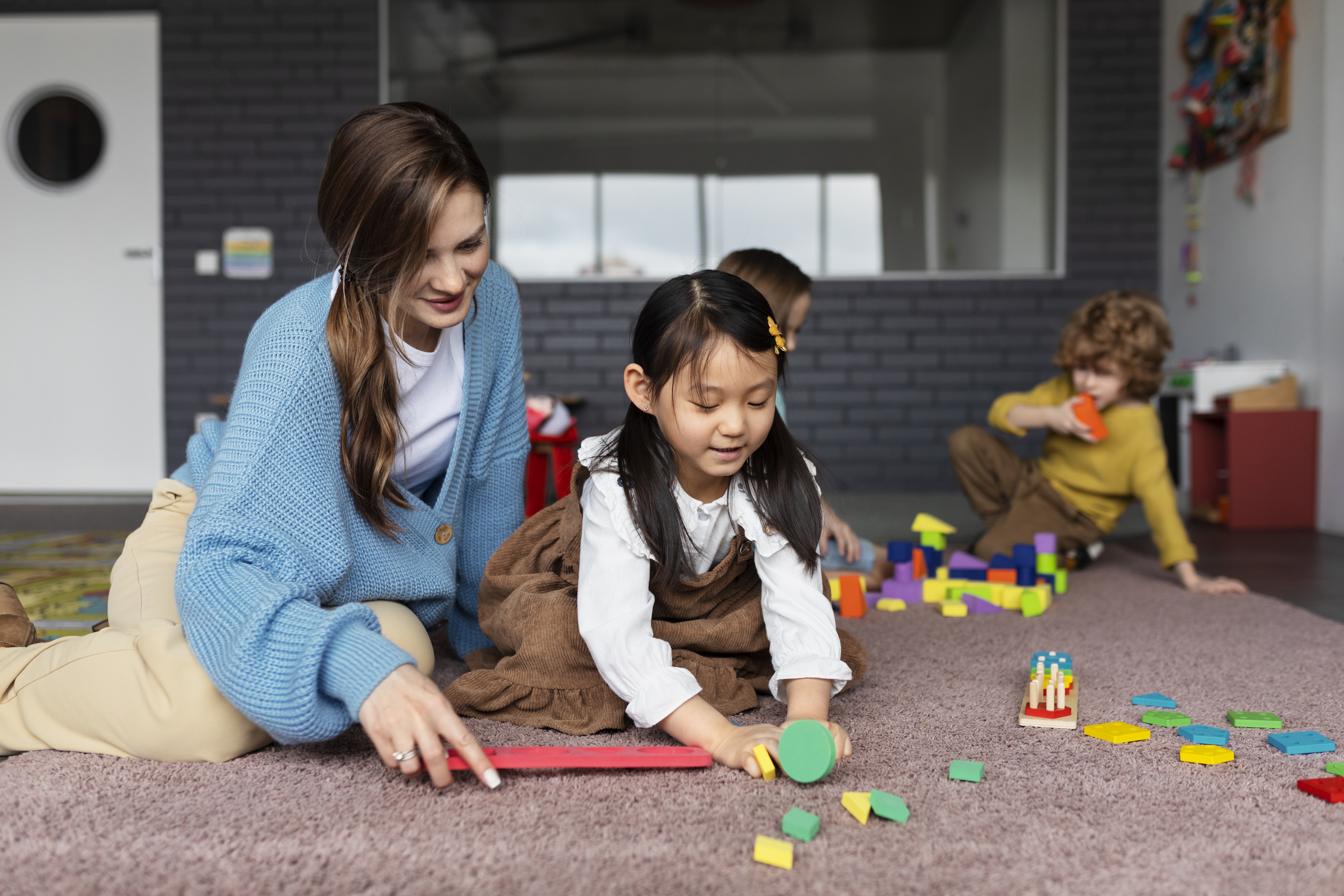Reggio Emilia vs. Montessori: Key Differences Explained
Topics: School Life
Age Range: Preschool
Parents and educators must choose the right educational approach for a child. Two of the most well-known child-centered methods are the Reggio Emilia and Montessori approaches. Both prioritize hands-on learning and independence but differ significantly in philosophy, structure, and classroom experience. Understanding the difference between Reggio Emilia and Montessori can help you make an informed choice.
Philosophical Foundations
- Reggio Emilia: Founded by Loris Malaguzzi in post-World War II Italy, this approach views children as strong, capable individuals who construct knowledge through social collaboration. It highlights creativity, communication, and community involvement as key learning components. Education is an evolving journey influenced by children's interests and interactions.
- Montessori: Developed by Dr. Maria Montessori in the early 1900s, this method believes children learn best through self-directed exploration. It emphasizes structured independence with carefully designed materials that allow children to engage with their environment at their own pace.
Learning Environment and Materials
- Reggio Emilia: Classrooms are fluid and adaptable, designed to inspire exploration. They often feature natural materials, collaborative projects, and visual displays of student work. The environment acts as a "third teacher," evolving based on children's interests and inquiries. Teachers document students' learning processes to guide future activities.
- Montessori: Classrooms are structured and designed with specific learning materials for different developmental stages. Wooden tools, puzzles, and sensorial activities are strategically placed to foster problem-solving and practical skills. The setup encourages independent work and minimal distractions.
Role of the Teacher
- Reggio Emilia: Teachers are co-learners and collaborators. Instead of directing learning, they encourage discussion, pose open-ended questions, and document progress through photographs, journals, and portfolios. This documentation helps shape future lessons and ensures learning remains dynamic and child-led.
- Montessori: Teachers act as guides rather than traditional instructors. They observe students and introduce activities based on each child's developmental needs, stepping in only when assistance is required. This approach fosters self-discipline and intrinsic motivation.
Approach to Learning
- Reggio Emilia: Follows an emergent curriculum. Instead of adhering to a structured plan, learning evolves based on children's interests. Teachers introduce topics organically, encouraging students to explore ideas through art, storytelling, science, and group projects. Collaboration is vital, as students frequently work in small groups to investigate and problem-solve.
- Montessori: Follows a structured curriculum divided into practical life, sensory development, language, math, and cultural studies. Children progress through these subjects at their own pace, using specially designed materials to enhance comprehension. The focus remains on individual learning with minimal group instruction.
Creativity and Expression
- Reggio Emilia: Strongly emphasizes artistic expression and multiple forms of communication, known as "The Hundred Languages of Children." Children express their understanding of the world through drawing, painting, music, movement, and dramatic play. Artistic projects are collaborative and often span several days or weeks, allowing children to revisit and refine their ideas.
- Montessori: Values creative thinking but incorporates it through structured activities, such as working with materials in specific ways or engaging in practical life tasks.
Social Interaction and Collaboration
- Reggio Emilia: Social interaction is at the heart of learning. Group discussions, collective storytelling, and shared projects encourage children to express opinions, negotiate solutions, and build upon each other's ideas. This interactive process helps students develop strong communication and problem-solving skills.
- Montessori: Classrooms promote mixed-age groupings, allowing younger children to learn from older peers and vice versa. While there is some collaboration, much of the learning is individualized, with students focused on their work rather than group projects.
Assessment and Evaluation
- Reggio Emilia: Uses documentation as the primary form of assessment. Teachers capture children's learning through photographs, recordings, and written reflections. These records help educators and parents understand each child's development and influence the direction of future lessons. No standardized tests or report cards exist, as growth is an evolving, individualized process.
- Montessori: This approach relies on self-correction and teacher observations rather than formal testing. Learning materials are designed to provide immediate feedback, allowing children to recognize and correct mistakes independently. Teachers track progress through detailed observations rather than traditional grading systems.
Parent and Community Involvement
- Reggio Emilia: Strongly emphasizes community engagement. Parents are considered essential partners in their children's education and actively participate in classroom projects, discussions, and school decisions. Schools often incorporate elements of the local community into learning experiences, reinforcing the connection between education and real-world experiences.
- Montessori: This method encourages parental involvement primarily through classroom observation and home support. However, parental participation in daily school activities is usually limited.

Which Approach Is Better?
Whether Reggio Emilia or Montessori is better depends on a child's learning style and family preferences. When you compare and contrast Montessori and Reggio Emilia, you'll find differences in structure, teaching methods, and the role of the child in the learning process.
- Reggio Emilia is an excellent fit for children who excel in social settings and enjoy creative exploration. It nurtures collaboration, critical thinking, and artistic expression, making it perfect for those who learn best through group interaction and open-ended projects.
- Montessori education is well-suited for children who thrive in a structured, self-paced learning environment. It fosters independence, focus, and practical skills, making it ideal for those who enjoy working alone and learning through hands-on manipulation.
Both methods cultivate curiosity and independence, but their execution varies. Understanding these differences allows parents and educators to select the best approach to a child’s needs and strengths. Montessori and Reggio Emilia's differences lie in their structure, teaching methods, and the role of the child in the learning process.
Key Differences at a Glance

Making an Informed Decision
When choosing between Reggio Emilia and Montessori, consider factors such as a child's personality, learning preferences, and the level of parental involvement desired. Visiting classrooms, speaking with educators, and observing how children engage in each environment can provide valuable insights. The Reggio Emilia vs. Montessori decision ultimately depends on which approach best fits a child's needs.
Both educational philosophies offer rich learning experiences that prepare children for lifelong success. Whether selecting Reggio Emilia for its dynamic creativity or Montessori for its structured independence, the goal remains the same: fostering a love of learning that lasts a lifetime.
Looking for the Right Program for Your Child?
At KLA Schools, we believe that every child is a natural explorer, brimming with curiosity and potential. Our schools are built on the Reggio Emilia approach, providing an innovative and nurturing environment where children feel confident questioning, discovering, and growing. Our educators foster a love of learning, instilling independence, creativity, and collaboration that prepares students for a lifetime of success. If you’re ready to educate your child to encourage curiosity, critical thinking, and self-expression, visit KLA Schools today and experience the difference!

